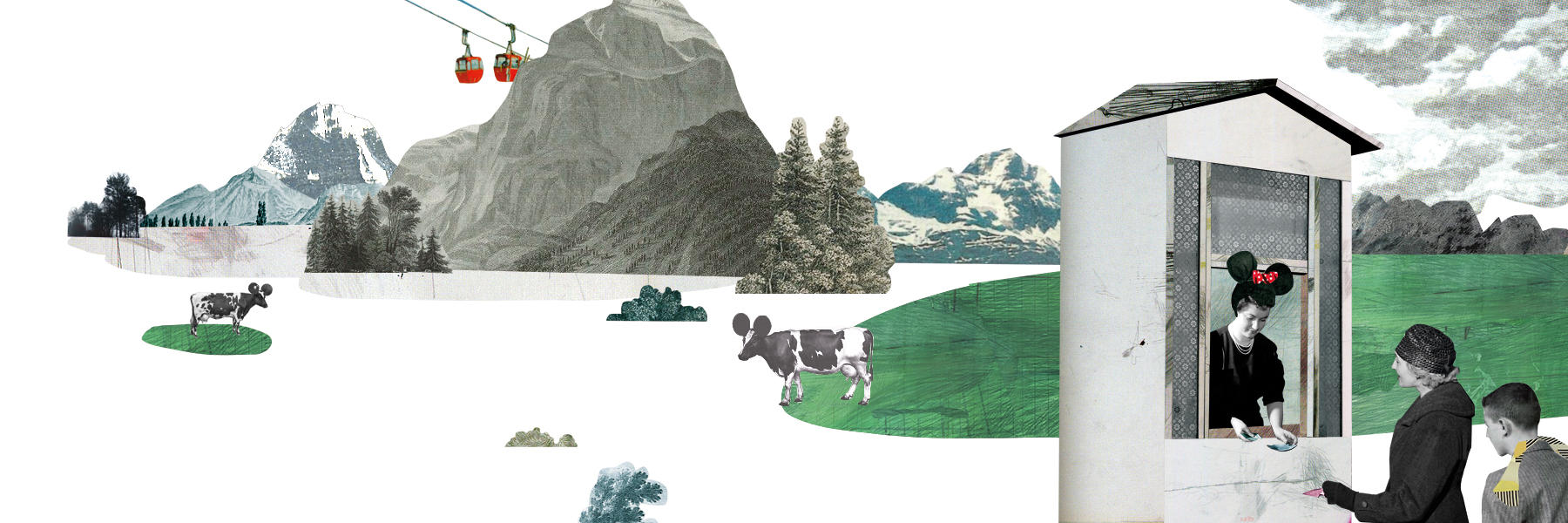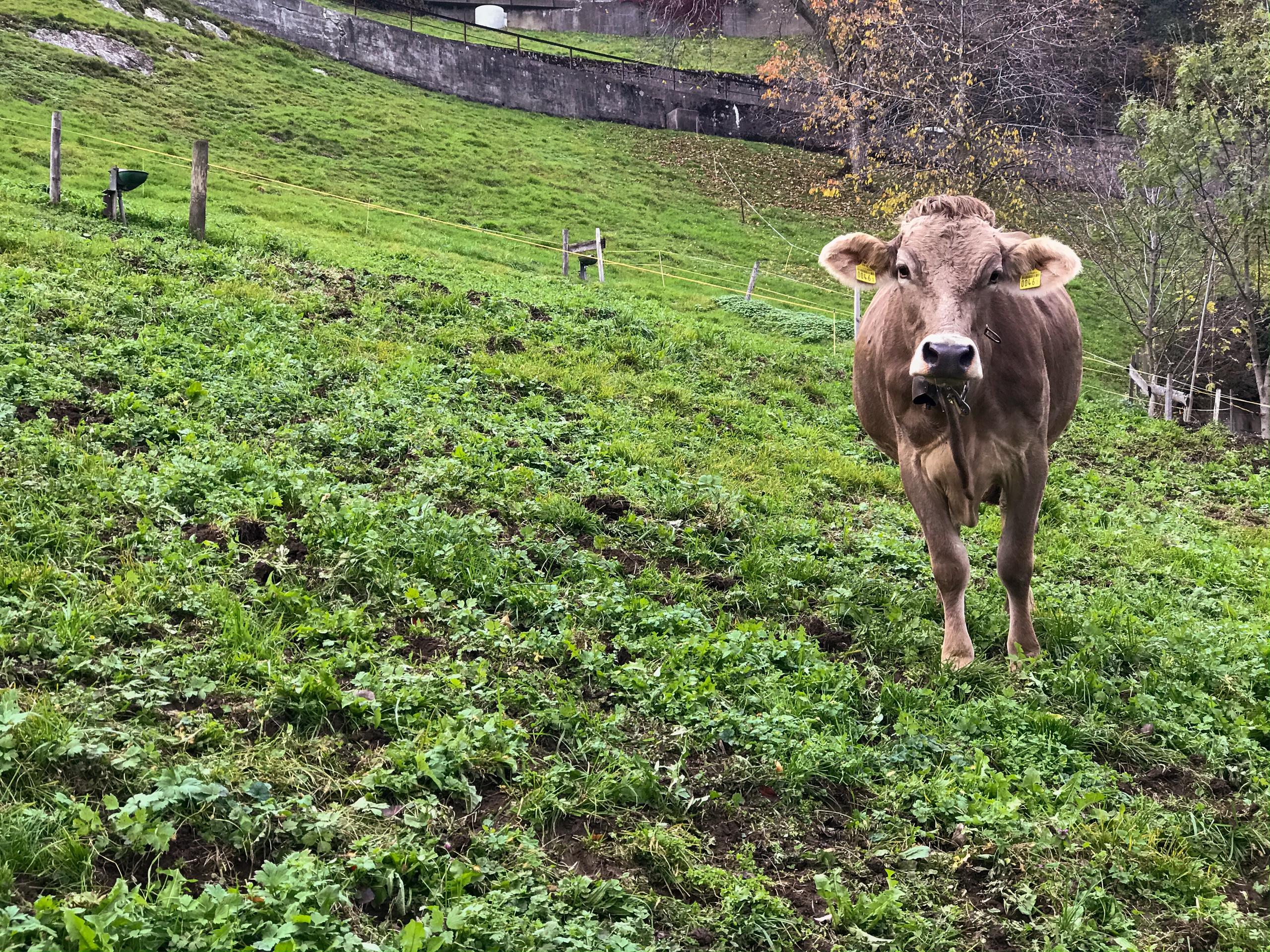The chance of a lifetime to visit Switzerland
I’m pleased to tell you my prediction that I would have the mountains to myself this summer was way off the mark.
I am looking forward to sharing them with you, that is, if your own country allows you to travel.
Switzerland will reopen its borders to all residents of the European Union, including the United Kingdom, from next week. And I don’t think I’m going out on a limb this time to forecast that Switzerland will follow the lead of EU nations and begin lifting restrictions on travelers from other countries in July.
The Swiss Alps are not a Covid-19 free zone
The authorities in Switzerland and their European counterparts have been emboldened by the fact that new Covid-19 infections have remained low, even after allowing life to return to (a new) normal a month ago when most businesses and schools reopened. They’re also keen to revive the important tourist sectors in their countries.
What does that mean for the Swiss Alps? All of the following are operating again: Restaurants, hotels, campgrounds, mountain railways and lifts, passenger boats, outdoor pools, spas, theatres and cinemas.
The diverse players in tourism have committed to implementing the Swiss health office’s recommendations on keeping Covid-19 in check, so expect more elbow room when you enter a mountain gondola or board a boat. But it could also mean longer waits to be let on.
The national tourism board has launched a campaign called “Clean and Safe” to let travelers know the country’s reputation in this regard also covers the early post-lockdown phase, so your visit to the country should be worry-free. That said, do exercise caution, and respect guidelines on social distancing and hygiene. The Swiss Alps are not a Covid-19 free zone.
If you do make it to Switzerland this summer, and some of you have written me to say you will, it could be an opportunity to experience a few alpine hotspots like Interlaken, Lucerne and Zermatt as they were before mass- or “overtourism” took hold.
From the few to the many
If you’re interested in going even further back in time, I’ve put together a brief overview of how alpine tourism has evolved over the centuries on this page.

More
Once a ‘playground’ for the few, the Alps are now an amusement park for all
Have a look and let me know what you think.
If you’ve visited our website, you’ll see it’s part of the new direction we’re taking with our journalism, to dig deeper into the issues that matter to you.
In my case, I will continue to follow developments in tourism, the impact of climate change on the Alps, as well as mountain farming.
I was struck by a report we published recently on how the pandemic has affected many families running alpine farms. These are farmers who’ve encountered hardship, often due to injury or illness and therefore rely on volunteers to lend a helping hand in the short summer season. But due to the lockdown, there’s been a shortage of volunteers, since many people donating their time come from neighbouring countries.
Alpine hay fever
The charity Caritas, which brings the farms and volunteers together, says there is a shortfall of about 1,000 people this summer to help do the milking and haying.
This post on our Instagram feedExternal link provides just a taste of what it’s like to volunteer. If you’re interested, please note that there are eligibility conditions. Not only must you be willing to work hard in difficult conditions in mountainous terrain, but you must hold a Swiss or EU passport and speak the language of the host family, whether German, French, Italian, or Romansh.
The circumstances of the families in need reveals a different side of alpine farming than that which I described in an article last autumn. In that story, I outlined the complex subsidies farmers receive in compensation for their contributions as caretakers of the cultural landscape.

More
The slippery slope of Alpine farming
A tradition at this time of year is the herding of cattle up to alpine meadows. Due to the snow-poor winter, the move is taking place earlier than usual. The national meteorological service, MeteoSwiss, said many parts of the Alps received the lowest amount of snow since records were first kept in 1864.
The unusually dry winter will also have an impact on glaciers, which are losing their protective coat of winter snow a few weeks earlier than normal. The weather service predicts it could be a particularly hard summer for the ice sheets, which are already receding at a record pace.
I’m curious to hear what you think of our new website. If you’d like to comment, write me: dale.bechtel@swissinfo.ch

More
Coronavirus: the situation in Switzerland

In compliance with the JTI standards
More: SWI swissinfo.ch certified by the Journalism Trust Initiative









You can find an overview of ongoing debates with our journalists here . Please join us!
If you want to start a conversation about a topic raised in this article or want to report factual errors, email us at english@swissinfo.ch.